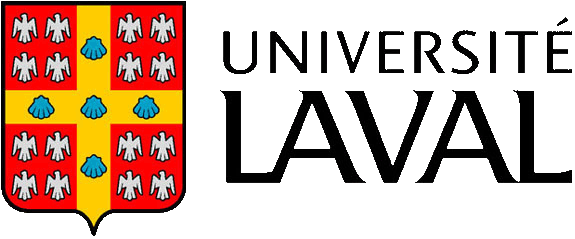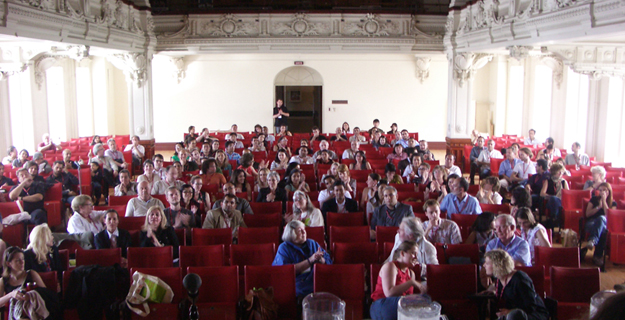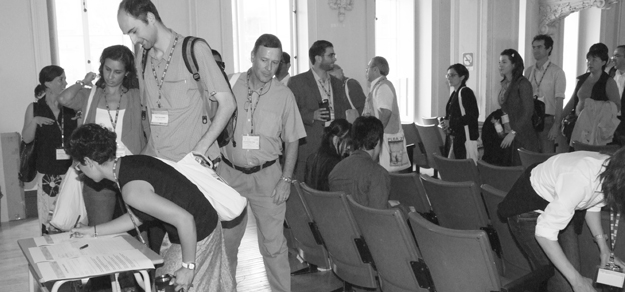Architecture Energy and the Occupant's Perspective
 __
__
|
 |
PLEA2009Québec MANIFESTO – |
The first PLEAnary Session identified the challenges and opportunities facing the occupants in positioning themselves as key ‘active’ determinant of energy performance in ‘passive’ environments. The engaging debate gave rise to a strong consensus that eventually took the shape of a statement. A draft was handled to delegates for further improvement during the conference. The second PLEAnary Session saw the integration of several comments such as suggesting that ‘occupants’ should be referred to as ‘inhabitants’ to better express their seamless interaction with architecture. Finally, at the Closing PLEAnary Session, delegates agreed that our statement would become a ‘Manifesto’. It was signed thereafter by more than 170 delegates, on the summer solstice of year 2009.
- Considering the current urgency for carbon reduction to counteract climate change and that the building sector alone accounts for 40% of the world’s energy use and the resulting carbon emissions,
- Considering that absolute comfort is a privilege, not a right and that comfort is a relative state strongly dependent on the liberty to choose,
- Considering that the overall mechanization of architecture has led to a disconnection between the occupants and the building,
- Considering that a dynamic and responsible interaction between inhabitants and architecture can lead to important energy and carbon reductions, and consequently
- That buildings do not consume energy, inhabitants do through the medium of architecture,
The PLEA delegates assembled in Québec City from 22-24 June 2009 to debate on Architecture, Energy and the Occupant’s Perspective propose that:
- Communities should provide comfortable and healthy outdoor environments sustaining the applicability of passive environmental strategies such as daylighting, passive heating and cooling,
- Buildings should provide their inhabitants with several adaptive opportunities optimizing health, satisfaction and productivity,
- Inhabitants should be responsible to take an ‘active’ role for the provision of relative comfort using robust ‘passive and low energy’ strategies,
- Pre and post occupancy evaluations in new and existing buildings should become mandatory steps within the integrated design process to accelerate our understanding of the systemic inhabitants-architecture interactions, and
- Professionals, educators and developers should reconsider the design and building process as an opportunity for the rehumanisation of architecture through inhabitants’ increased autonomy rather than automation.
Signed in Québec City, 24 June 2009 |
 |
